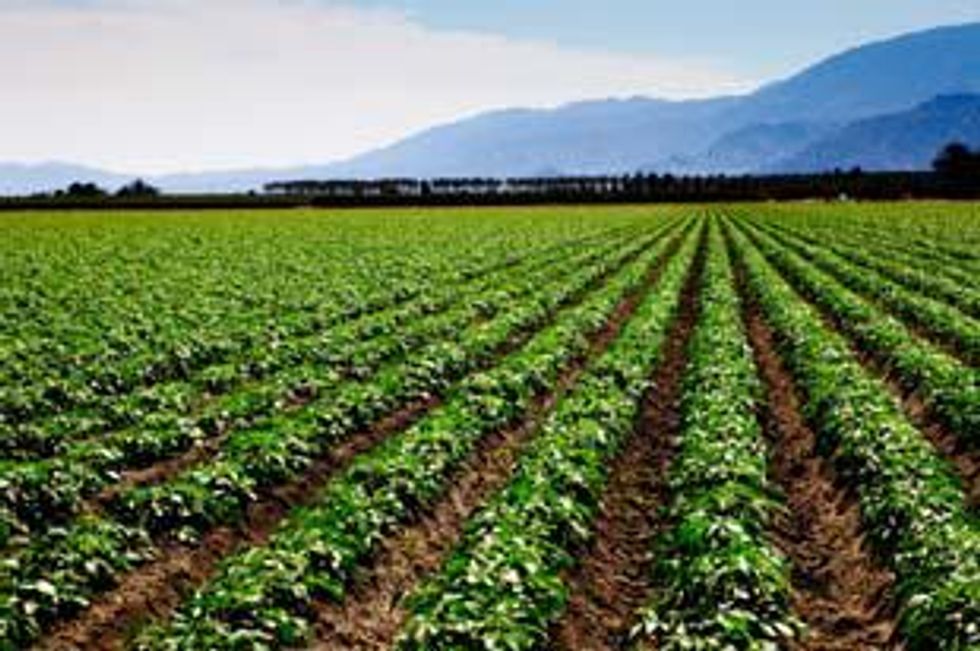- AustraliaNorth AmericaWorld
Investing News NetworkYour trusted source for investing success
- Lithium Outlook
- Oil and Gas Outlook
- Gold Outlook Report
- Uranium Outlook
- Rare Earths Outlook
- All Outlook Reports
- Top Generative AI Stocks
- Top EV Stocks
- Biggest AI Companies
- Biggest Blockchain Stocks
- Biggest Cryptocurrency-mining Stocks
- Biggest Cybersecurity Companies
- Biggest Robotics Companies
- Biggest Social Media Companies
- Biggest Technology ETFs
- Artificial Intellgience ETFs
- Robotics ETFs
- Canadian Cryptocurrency ETFs
- Artificial Intelligence Outlook
- EV Outlook
- Cleantech Outlook
- Crypto Outlook
- Tech Outlook
- All Market Outlook Reports
- Cannabis Weekly Round-Up
- Top Alzheimer's Treatment Stocks
- Top Biotech Stocks
- Top Plant-based Food Stocks
- Biggest Cannabis Stocks
- Biggest Pharma Stocks
- Longevity Stocks to Watch
- Psychedelics Stocks to Watch
- Top Cobalt Stocks
- Small Biotech ETFs to Watch
- Top Life Science ETFs
- Biggest Pharmaceutical ETFs
- Life Science Outlook
- Biotech Outlook
- Cannabis Outlook
- Pharma Outlook
- Psychedelics Outlook
- All Market Outlook Reports
Virtually every agricultural commodity price on a steep upward trend, however, PotashCorp’s Wayne Brownlee expects less volatility in potash prices.
By James Wellstead – Exclusive to Potash Investing News
There was little surprise today when Wayne Brownlee, Executive VP and CFO for PotashCorp, (NYSE:POT) stated that the outlook for agriculture sector fundamentals were “outstanding.” With virtually every agricultural commodity price on a steep upward trend, it is inevitable that agricultural inputs like potash are likely to follow suit. However, Brownlee said to expect less volatility in potash prices than witnessed in food crisis of 2008-09.“What you’ve seen is a more moderated price increase in fertilizer that has not matched the increase in agriculture commodity prices.” Brownlee’s comments came today at the Scotia Capital Global Fertilizer Conference in Toronto, Canada, and followed similar comments by fertilizer industry representatives at last week’s International Fertilizer Association Conference in Montreal.
With grain inventories at their lowest levels in years, crop and food prices look to remain high into the beginning of next year. Brownlee noted that in order for diminishing grain supplies to break even with demand this year “…and not have the situation get worse, we need crop production this year in the grain sector of five percent growth”, above the average annual production increase of two percent. With grain inventories being drawn down in seven of the past 11 years, rising demand for grains by developing countries and new markets, supply has not been able to keep pace.
Meeting this year’s demand will require optimal growing conditions, a scenario not witnessed so far in 2011. With record drought hitting China, slower than expected sowing of Canadian wheat and record level heat in France, the UK and Germany, lower than expected yields were influential in pushing global food prices up for the ninth time in the past 10 months.
Where does potash fit into this equation?
While crop and food prices are rising quickly, a number of reasons explain why fertilizer prices have not trended at the same rate. Montreal-based T.S. Ortslan & Associates analyst Terence Ortslan recently noted that 2011 was likely to be a “good year for potash demand and prices, not an exceptional one”, due in great part to the unfavourable weather experienced by many farmers particularly in North America thus far. Both American and Canadian grain farmers have seen lower than average seeding rates thus far, with 72 percent of barley seeded and 68 percent of spring wheat seeded across the US, compared to 95 percent normally. As a result, farmers cannot apply potash to crops that are not planted in time.
Beyond the inclement weather, the intensive price volatility in 2008-09 provided capital for potash producers to invest in Greenfield operations or expand Brownfield capacity. While global potash demand is expected to hit upwards of 61 million tonnes in 2011, firms are still bring their expanded capacity to markets. PotashCorp is expecting to increase its production capacity from 11 million tonnes in 2011 to 18 million in 2014-15 to meet growing demand.
While inventory levels of potash remain low within North America, current capacity of existing producers appears sufficient to meet current demand. In speaking on his firm’s current valuation—and picking up on earlier concerns that long-run debt repayment could prove a credit risk—Brownlee noted that the price of potash is not currently high enough to support the entrance of new potash producers. While spot potash prices in Vancouver topped US$425 in April and shipments for standard potassium chloride delivered in Southeast Asia were US$510 and US$520 for granular in Brazil (an increase of US$50 since March), prices are still significantly lower than they were in 2008 and 2009 when PotashCorp and others invested in expanding their production capacity.
Brownlee noted that while demand for potash continues to rise, we should expect a potash trend line of around three to three and a half percent. This should provide most farmers with good margins to increase potash purchases while leaving them “in a very healthy situation.” The Indian Farmers Fertilizer Co-operative Ltd. does not believe the same is true for Indian farmers, as the potash price detent between Canpotek (the marketing arm of North American fertilizer producers) and Indian farmers continues. The Indian Fertilizer group claims that it will take a “potash holiday” if import price contracts are not lowered during its current round of price negotiations. Brownlee said that PotashCorp does not feel the lower prices demands are justified and that ideally, they “don’t want to be negotiating in the press.”
Investing News Network websites or approved third-party tools use cookies. Please refer to the cookie policy for collected data, privacy and GDPR compliance. By continuing to browse the site, you agree to our use of cookies.
